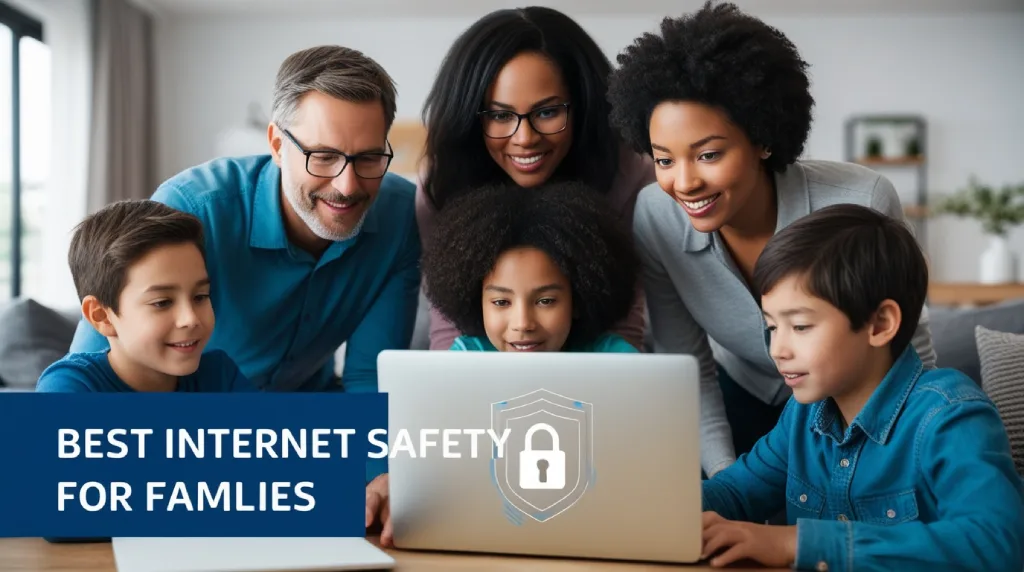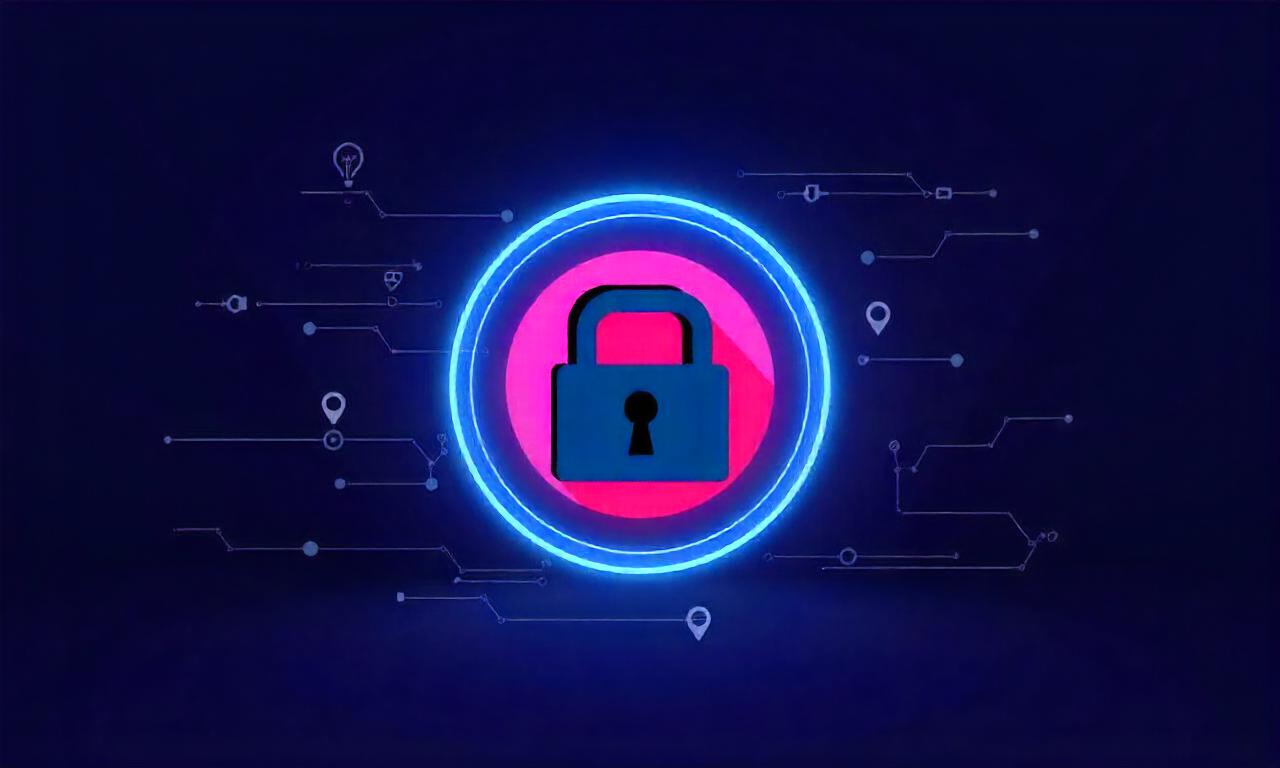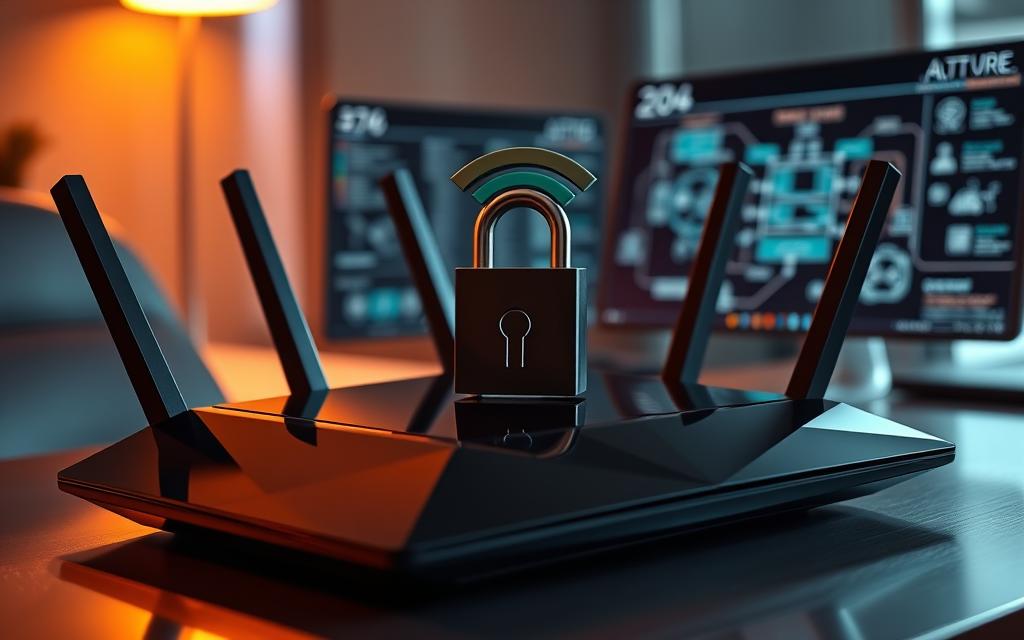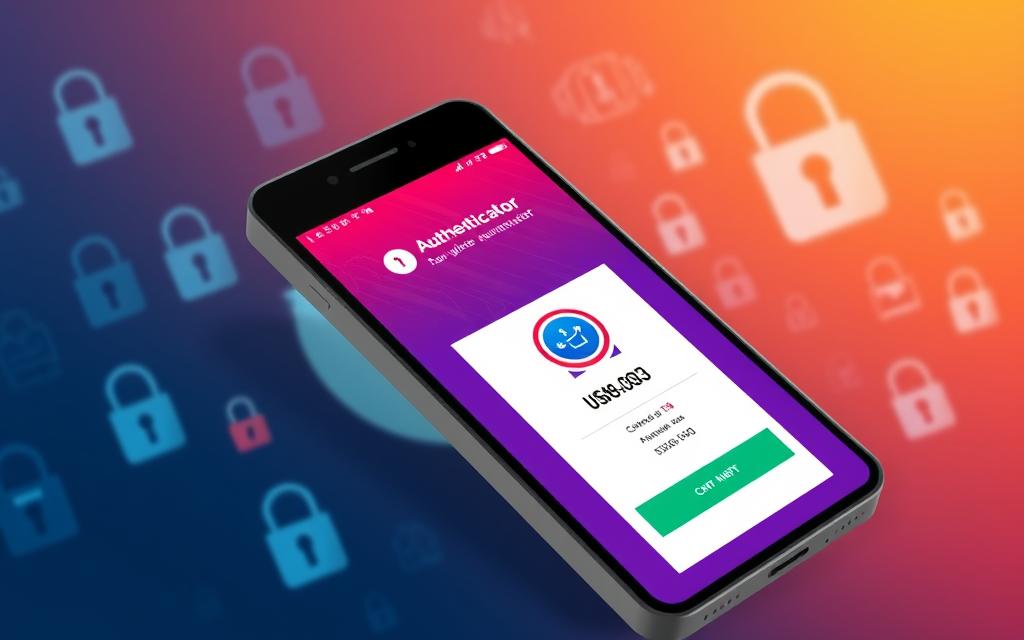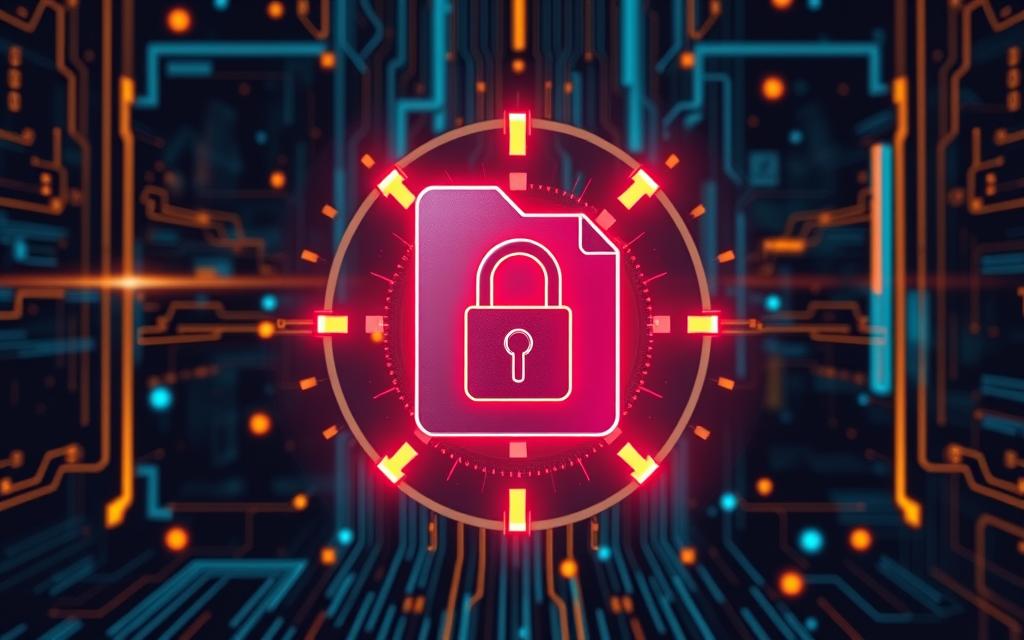Learn the best internet safety for families to ensure secure browsing. Discover expert advice, from parental controls to safe social media practices.
In today’s digital world, families navigate a vast online landscape every day. From social media to homework help, the internet has transformed our daily lives, making it more critical than ever to ensure a safe online experience for all family members.
If you’re looking for the best internet safety for families, this article covers everything you need to know to keep your loved ones secure in the digital space.
Table of Contents
ToggleWhy Internet Safety Matters for Families
Families today face a growing list of online threats, from hackers to inappropriate content. For parents, keeping children safe online can feel overwhelming with so many apps, devices, and websites to monitor.
But with practical tools and knowledge, protecting your family’s internet safety can be simple, effective, and even empowering.
Best Internet Safety for Families
The best internet safety for families doesn’t require complex systems; instead, it starts with understanding and implementing simple, effective practices. By following these steps, families can ensure a secure and enjoyable online experience for everyone.
1. Set Up Parental Controls
Parental controls are one of the best internet safety for families methods to monitor and manage your children’s online activity. These controls help limit access to age-inappropriate content and allow you to track your child’s internet usage.
How to Set Up Parental Controls
Most devices and platforms, including smartphones, tablets, and gaming consoles, offer built-in parental controls. Here’s how you can set them up:
- On mobile devices: Use built-in controls in the settings, such as Apple’s Screen Time or Google’s Family Link.
- On Wi-Fi routers: Some routers offer parental control settings that block certain websites or limit internet usage during specific hours.
- Social media: Platforms like YouTube, TikTok, and Instagram offer restricted modes or parental controls that you can customize.
2. Create Strong Passwords and Use Two-Factor Authentication (2FA)
Setting up strong passwords and two-factor authentication (2FA) is another crucial aspect of best internet safety for families. Passwords are the first line of defense against cyber threats, and 2FA adds an extra layer of protection.
How to Build Strong Passwords
Creating secure passwords can deter hackers from accessing personal accounts:
- Use a mix of characters: Include letters, numbers, and symbols.
- Avoid obvious information: Don’t use birthdays, pet names, or other easy-to-guess information.
- Make it long: Aim for passwords that are at least 12 characters long.
- Use 2FA where possible: Enable 2FA on essential accounts to add a second layer of security.
3. Teach Safe Social Media Habits
Social media is a significant part of family life today, but it comes with its own set of risks. Teaching children and teens safe social media practices is essential for best internet safety for families.
Building Safe Habits
When it comes to social media, here’s how to keep things safe:
- Limit sharing of personal information: Teach children never to share phone numbers, addresses, or real-time location.
- Use privacy settings: Most platforms have privacy settings to control who can see posts and personal information.
- Encourage caution with “friends”: Remind your children that not everyone online is who they claim to be.
4. Educate About Phishing and Scams
Phishing scams are among the most common online threats, especially targeting families. Understanding phishing and educating your family is essential for best internet safety for families.
Spotting Phishing Attempts
Here’s what to look for to avoid phishing:
- Watch for unusual links or attachments: Don’t click on links in unsolicited emails.
- Look out for urgent messages: Phishing emails often create a sense of urgency.
- Verify the sender: If you’re unsure about an email or text message, contact the sender directly to confirm.
5. Use Secure Networks
Using a secure network is crucial when accessing the internet, especially in public places. Unsecured networks are easy targets for hackers, making network safety a core part of the best internet safety for families.
Tips for Safe Network Usage
Here are some simple ways to ensure your family is using safe networks:
- Use home Wi-Fi with a strong password: Secure your home Wi-Fi to prevent unauthorized access.
- Avoid public Wi-Fi: If you must use public Wi-Fi, avoid accessing sensitive accounts or consider using a VPN.
- Regularly change Wi-Fi passwords: Update your Wi-Fi password every few months for enhanced security.
6. Set Screen Time Limits and Encourage Balance
It’s easy for kids and even adults to lose track of time online. Setting screen time limits helps promote a healthy online and offline balance, a key part of best internet safety for families.
Tips for Managing Screen Time
Here’s how to set effective screen time limits:
- Create a schedule: Designate “no-screen” times, such as during meals and family time.
- Use apps and settings: Many devices have built-in screen time settings to monitor and limit use.
- Encourage offline activities: Balance screen time with outdoor play, reading, and hobbies.
7. Discuss Cyberbullying and Digital Etiquette
Talking about cyberbullying and online etiquette is essential for children to navigate the internet responsibly, an essential step in best internet safety for families.
Teaching Digital Etiquette
Here’s how to approach the subject of cyberbullying and online manners:
- Discuss respect and kindness: Teach children to treat others online as they would in real life.
- Teach them to report bullying: Most platforms offer tools to report abusive behavior.
- Encourage open communication: Let your children know they can come to you if they experience or witness bullying.
8. Keep Software Updated
Outdated software can lead to security vulnerabilities. Keeping devices and apps updated is a simple yet effective way to ensure the best internet safety for families.
Updating Practices
Here’s what to keep in mind:
- Enable automatic updates: Set devices to update automatically.
- Check apps regularly: Some apps may require manual updates.
- Update antivirus software: Install and update antivirus software to protect against malware.
9. Create a Family Internet Safety Agreement
Setting clear expectations for internet use can go a long way toward ensuring best internet safety for families. A family internet safety agreement outlines the rules and responsibilities for safe online practices.
Drafting a Family Agreement
Here are some guidelines for creating a family internet safety agreement:
- Define acceptable sites and apps: Specify which sites and apps are allowed.
- Set device usage hours: Decide when and where devices can be used.
- Outline consequences: Establish what happens if someone breaks the rules.
- Revisit the agreement regularly: Adjust as your children grow and technology changes.
Conclusion
By prioritizing the best internet safety for families, you’re fostering a secure, positive online environment that supports responsible digital habits for everyone in your household. With these tips, families can confidently navigate the digital world with awareness and caution.
For more information on securing your family’s digital life, check out trusted resources like cybersecarmor.com, a valuable source for online safety insights and up-to-date information on internet security practices.
FAQ Section
Q: What’s the best way to introduce internet safety to kids?
A: Start with basics like password safety and kindness online. Use age-appropriate language and give real-life examples they can relate to.
Q: How can I ensure secure online shopping for my family?
A: Use secure websites with HTTPS, enable two-factor authentication, and avoid using public Wi-Fi for transactions.
Q: Is antivirus software necessary for all family devices?
A: Yes, it’s a good practice to install antivirus software on all devices, including tablets and smartphones, to protect against malware.

